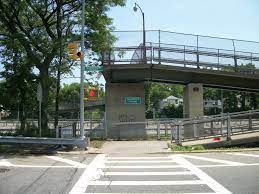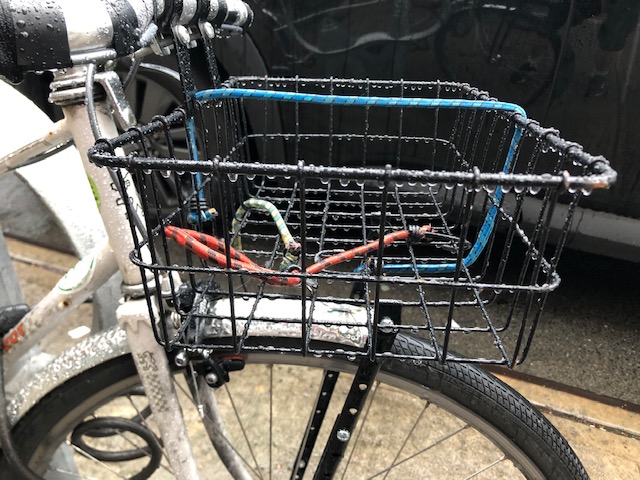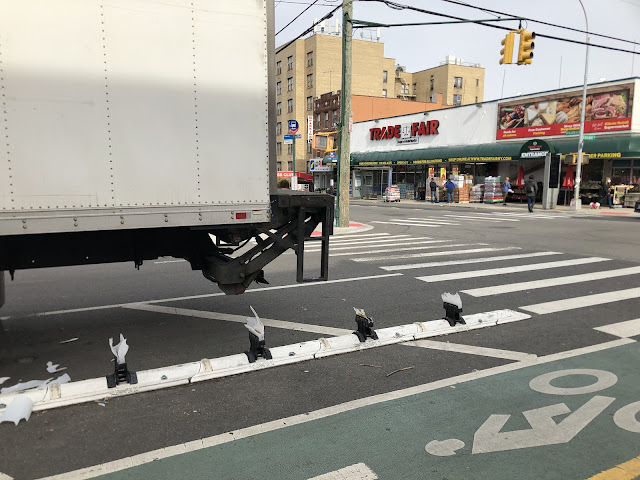Last Saturday marked three years since the World Health Organization declared that the COVID-19 outbreaks were, indeed, a pandemic. Not long after that, schools and businesses closed and a seeming caravan of ambulances flashed their lights and blasted their sirens through my windows, which are only a block and a half from Mount Sinai-Queens--one of the first hospitals in this city to set up a temporary morgue outside its doors.
Like other locales where residents weren't subjected to a hard lockdown, New York experienced a "bike boom." Because the city's subways shut down for a while, and bus service was reduced, people who hadn't been on a bike in ages started pedaling to work. (During that time, I gave one of my bikes to an emergency room worker at Mount Sinai.) Though shops and even online retailers soon ran out of bikes, parts, helmets and almost anything related to bicycles, the world (parts of it, anyway) seemed like a cyclist's dream come true: There was very little traffic and, those who ventured outside, whether by choice or necessity, were almost preternaturally courteous and even empathetic.
Oh, and about a year into the pandemic, a new bike lane opened on my street, for better and worse.
While my hometown of New York and the city that comes closest to my second home--Paris--experienced the "boom" in cycling I've described (which, when I visited in January, seemed to be going even stronger in the City of Light!), the city that has been called America's "biketopia" continued a steep downturn in cycling that began a few years before COVID-19 struck.
According to the Portland Bureau of Transportation (PBOT), fewer people were cycling in Oregon's largest city than at any time since 2006.
From 2019 to 2022, the number of cyclists in the Rose City dropped by 37 percent. In other words, more than one of every three Portlanders who pedaled the year before COVID-19 reached these shores was no longer in the saddle during the pandemic's third year.
Actually, the decline began after 2013, when almost half again as many people rode bicycles as did in 2022. But, as you can see, the drop over the past four years from 2019 to 2022 was even steeper than during the previous six years.
Now, some might argue that cycling was bound to fall off in "America's Weirdest City" just because it reached such (at least comparative) heights. Well, from what I've heard and read, it did--or, at least, cycling culture did--from about 2005 to about 2010. But there are other, more pernicious factors in play than the disappearance of custom frame builders and bikes shops--and Portlanders themselves, many of whom moved in after places like San Francisco and Seattle swelled with tech money-- only to be, in a cruel irony, priced out of Portland.
According to at least one survey, the chief reasons for the sharp fall-off in cycling are not that people are still working from home (after all, in other places, people continued to ride to the stores, theatre or just for fun even if they didn't return to their offices or classrooms) or the sharp rise in bike theft that accompanied the increase in ridership and shortages of bikes and supplies, although both were cited. Rather, by far the biggest reason why some people have stopped cycling is something that I haven't--as yet, anyway--seen here in the Big Apple: homeless people setting up tents or otherwise camping themselves in bike lanes.
(To be sure, the homeless population has exploded during the past few years in my hometown, but I haven't seen them in bike lanes. Then again, I don't do most of my riding in the lanes because they can't always get me to where I need or want to go and I sometimes feel safer riding in traffic than on poorly-designed or maintained lanes where motorbikes and motor-scooter riders zip along without regard for anyone else or the rules of the road.)
That issue, according to Bike Portland editor Jonathan Maus, has to be addressed in any discussions of solutions and safety. "What we've ended up with is allowing people just to sleep anywhere," he explains, "and there's never been a conversation about taking the transportation routes and making sure that people who use them can feel safe and still get to where they need to go." That second part of what he said leads to the second most common reason Portlanders cite for giving up on cycling: drivers who, like their counterparts in New York, seem to have become even more aggressive since the pandemic.

















.jpg)









.jpg)
.jpg)









